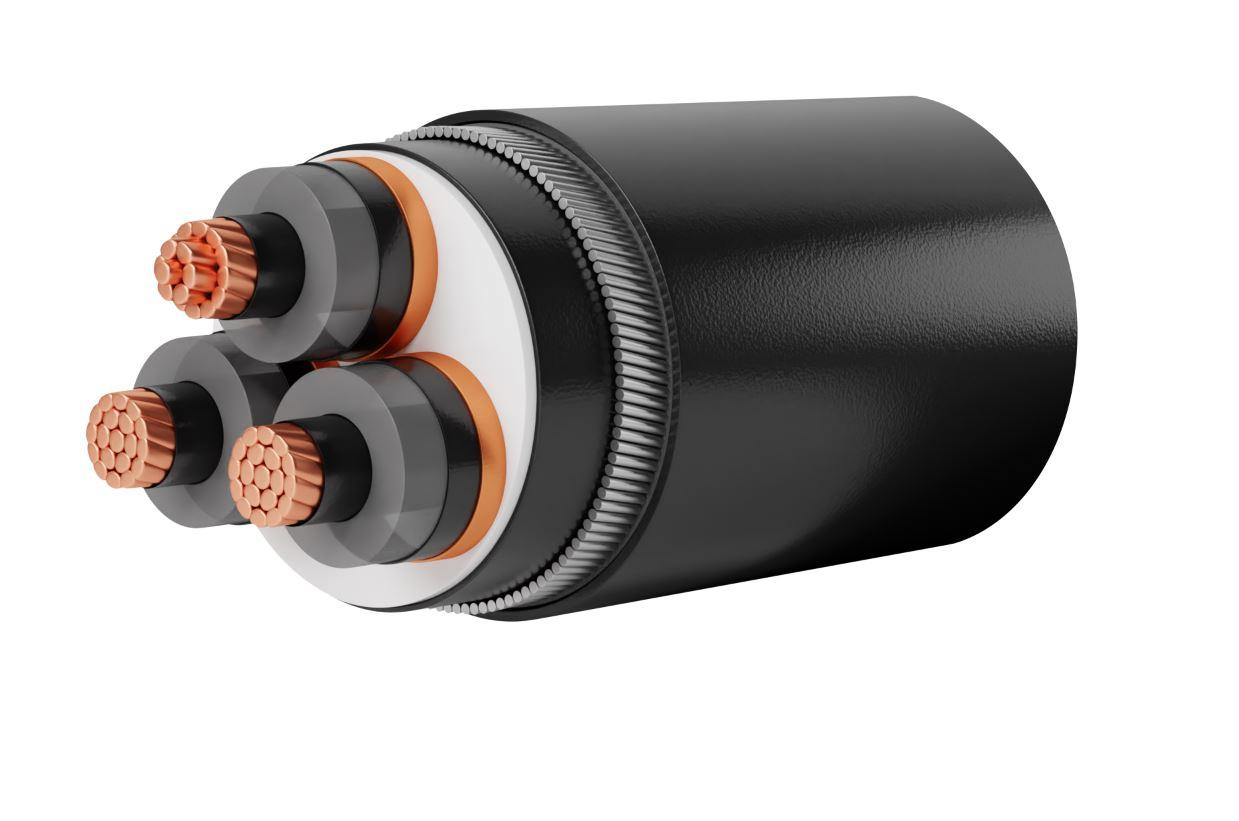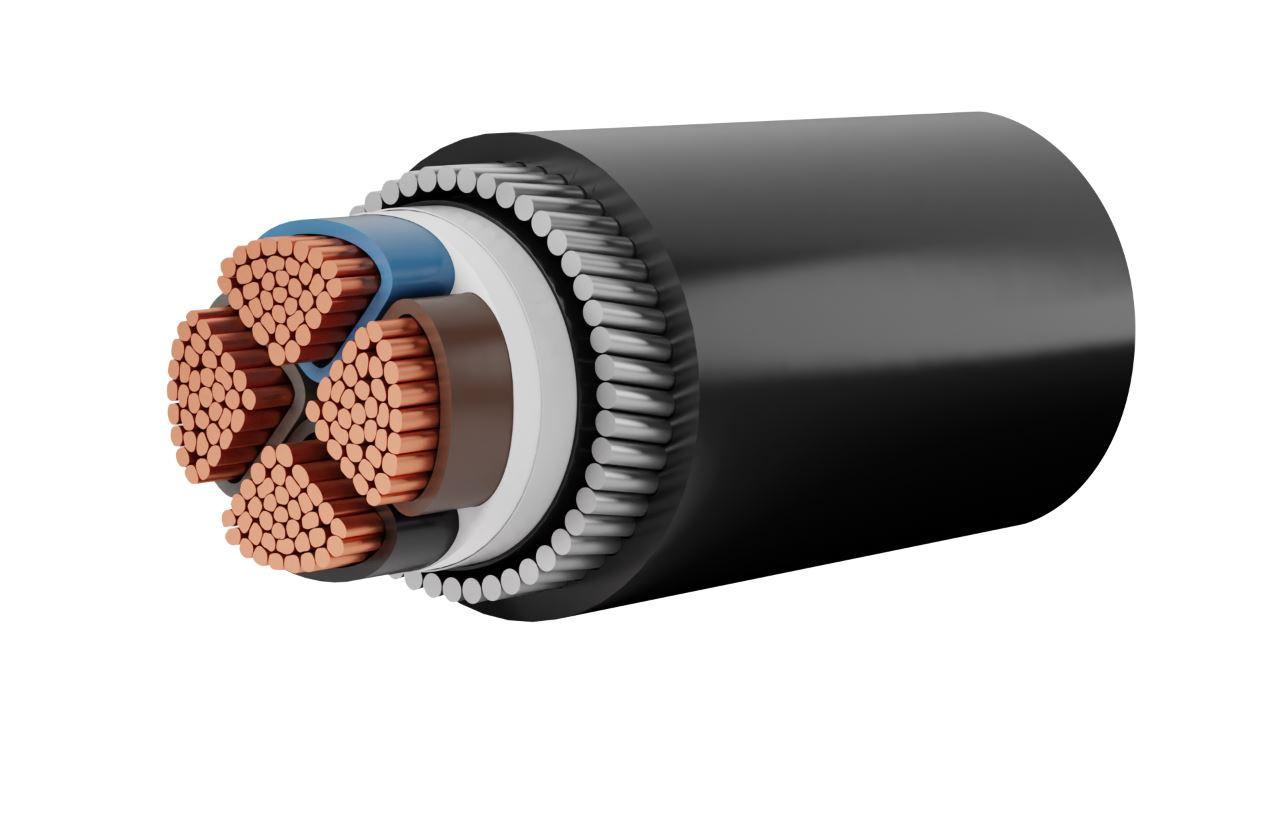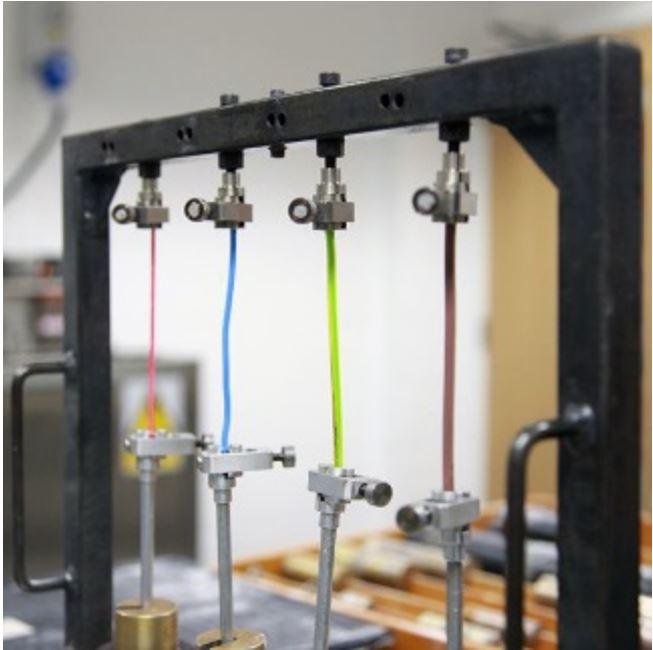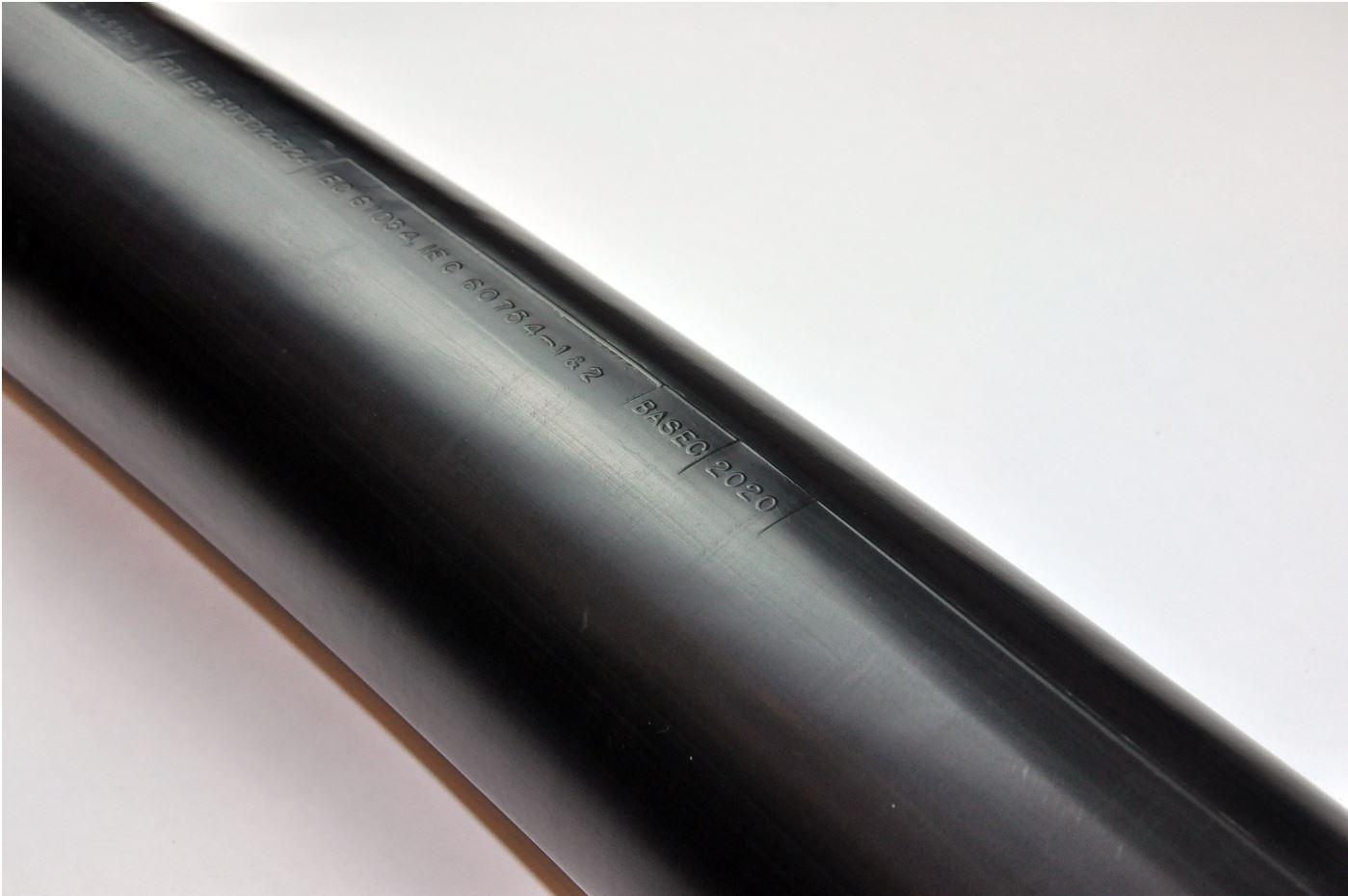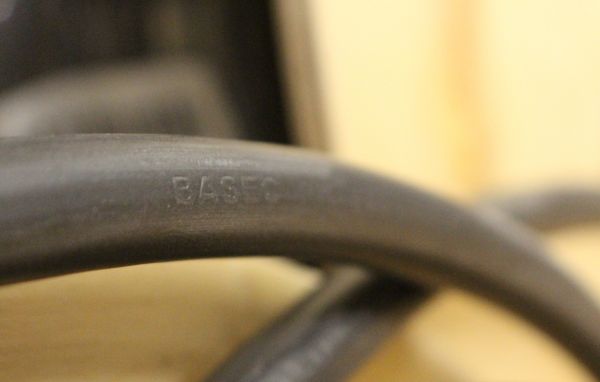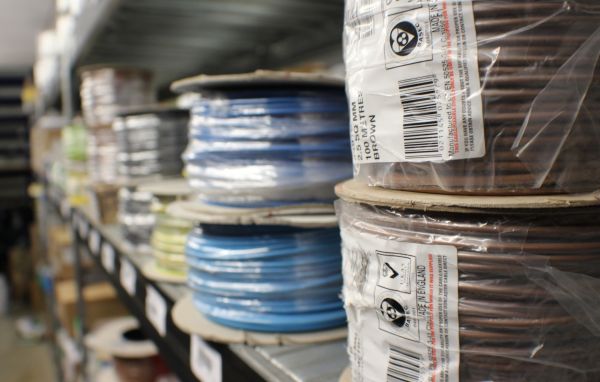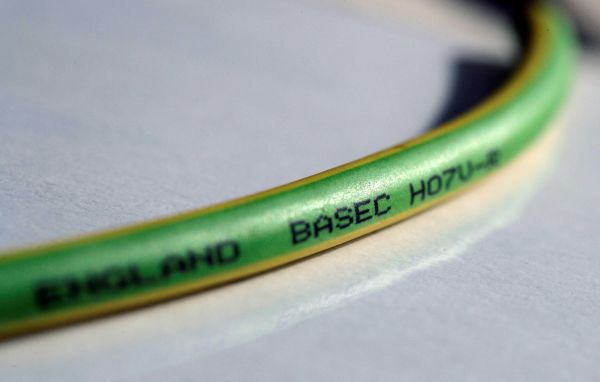What is a Medium Voltage Cable?
An overview of medium voltage cables, their application, the main standards, testing procedures, faults and the importance of third party cable assessments.
Introduction
Medium voltage cables range between 6 kV and 33kV. They are mostly produced to be a part of generation and distribution networks for many applications like utilities, petrochemical, transportation, wastewater treatment, food processing, commercial and industrial markets.
In general, they are largely employed in systems with voltage ranges up to 36kV and play an indispensable role in generation and distribution networks.
| A power plant for energy generation |
Standards
As the global need for medium voltage cables grows, the consistency with industry standards is becoming increasingly important.
The most important standards for medium voltage cables are:
- IEC 60502-2: most commonly used for medium voltage cables worldwide, it covers rated voltages up to 36 kV and a wider design and testing scope, including single-core and multi-core cables; armoured and un-armoured cables, both types of armouring “tape and wire” are included
- IEC / EN 60754: designed to assess the halogen acid gas content, it is intended to determine the acid gas released when insulating, sheathing and other materials catch fire
- IEC / EN 60332: measures the flame propagation spread throughout the cable length in the event of a fire
- IEC / EN 61034: specifies the test for determination of the smoke density of cables burning under specific conditions
- BS 6622: includes cables with rated voltages up to 36 kV. It covers a design and testing scope, including single-core and multi-core cables; only armoured cables and only wire armouring type and PVC sheathed cables
- BS 7835: includes cables with rated voltages up to 36 kV. It covers a design and testing scope, including single-core, multi-core cables, applying only to armoured cables and only to the wire armouring type, low smoke halogen-free cables
- BS 7870: is a very important series of standards that applies to both low voltage and medium voltage polymeric insulated cables for use by generation and distribution utilities
Structure and materials
Medium voltage cable designs can have different sizes and types. The structure is much more complex than the structure of a low voltage cable.
The differences between medium voltage and low voltage cables are not only in the way the cables are constructed but also in the manufacturing processes and the raw material employed.
In medium voltage cables, the insulation processes differ substantially from those for low voltage cables, in fact:
- The medium voltage cable consists of three layers instead of one - conductor screen, insulation material, insulation screen
- The insulation process for medium voltage is achieved by using CCV line instead of the traditional horizontal extrusion machines, as for the case of low voltage cables
- Even when the insulation material has the same designation as low voltage cables (for example, XLPE), the raw material itself is different to ensure more pure insulation material. The use of colouring masterbatch, used in the case of low voltage cables for core identification, is not permitted
- The metallic screen, typically used in the construction of medium voltage cables, is used in low voltage cables exclusively for specific applications
| A typical medium voltage construction |
A typical low voltage construction |
Testing
As per all the recognised standards for cable products, medium voltage cable products require in-depth type testing in order to assess the individual components and the complete cable. Medium voltage cables are tested against their electrical, mechanical, material, chemical and fire functionalities.
Electrical
- Partial discharge test – designed to determine the discharge presence, magnitude and to check that the magnitude does not exceed a specified value, at a specific voltage
- Heat cycling test – designed to assess how a cable product will respond to constant temperature change in service
- Impulse voltage testing – designed to assess that the cable product can withstand the surge of lightning strikes
- Voltage test for 4 hours – conducted to confirm the electrical integrity of the cable following the preceding range of sequenced tests
Mechanical
- Shrinkage test - designed to give an insight into how the materials may perform, or impact other components in the cable construction
- Abrasion test - A low carbon steel angle is loaded with force as per the standard, then dragged horizontally along the cable for a distance of 600mm in two opposite ways
- Hot set test – designed to assess whether there is sufficient cross-linking within a material
| Hot Set Test |
Chemical
- Corrosive and acid gas - designed to measure the gas emissions released when cable samples are burned, simulating a fire scenario and all non-metallic parts are assessed
Fire
- Flame propagation testing - designed to assess and understand the cable performance by measuring the fire spread through the cable length
- Smoke emission test - designed to ensure that the smoke generated does not result in a lower transmittance level than the relevant value specified
To read the full list of laboratory tests access your free medium voltage cable testing guide:
Access the BASEC MV Cable Guide
Common faults
Low quality cables increase the fault rate, putting power supply to the end-users at risk.
The causes are mainly due to prematurely ageing cable infrastructures and poor base quality of jointing or cable termination systems, that lead to reduced reliability or operational efficiency.
The release of partial discharge energy, for example, is a precursor to breakdown, as it provides evidence that the cable is starting to deteriorate, which will lead to faults and failures later down the line.
Cable ageing usually begins by affecting the cable insulation by decreasing the resistance, which is a key indicator of defects, including moisture or air pockets, water trees, electrical trees and other issues. Additionally, the separation sheath can be affected by ageing, increasing the risk of reaction or corrosion, which could cause problems later in service.
Choosing high quality, thoroughly tested cables extends their life expectancy and enables you to predict maintenance or replacement cycles, and avoid unnecessary outages.
| BASEC Approved medium voltage cable |
Type testing and product approval
Type testing can be useful as it confirms the conformity of specific cable samples to specific standards at a moment in time.
The BASEC Product Approval consists of a more in-depth surveillance through regular auditing of production processes, management systems, and rigorous sample testing of cables.
In the product approval scheme multiple samples are tested in line with the cable or range being assessed for approval.
The very rigorous BASEC certification process assures to the end-user the peace of mind that the cable has been manufactured to perform and last as per the highest levels of quality in line with recognised industry standards, reducing the risks of failure significantly.
Read about type testing and product approval here.
Click below to access the full medium voltage cable testing guide.
Conclusion
Medium voltage cables are vital parts of generation and distribution networks. As the worldwide need for medium voltage cables grows, compliance to the industry cable standards becomes increasingly important. Low-quality cables increase the fault rate, which can endanger the success of power application projects. In order to protect your projects, you should always look for cables that are BASEC approved. The BASEC Product Approval, through regular auditing of production processes, management systems, and rigorous sample testing of cables, ensures that the cables are compliant with the highest industry standards and are fit for their purpose.
Choose quality - request BASEC Product Approval for your cables



